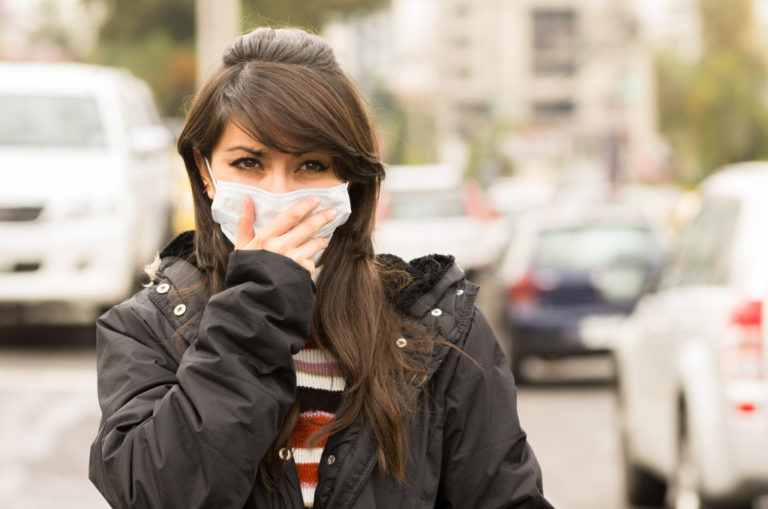When you go out, air pollution is apparent because there are several causes in the surroundings. Unhealthy gases are coming from cars trying to get through traffic. There’s smoke from food stands and dust flying everywhere.
What we don’t realize is that indoor air can be easily polluted as well. Yes, while you’re happily watching a movie or peacefully sleeping, you may be inhaling these contaminants.
What are the examples of indoor air contaminants?
1. Biological contaminants
These are bacteria, dust, pollen, animal dander, mould, and more. These can stem from plants, pets, and other insects inside the house. Additionally, mould can form in the home if the air circulation system is not maintained correctly.
2. Insecticide
75% of American households use insecticides to control and mitigate pest invasions indoors. Pesticides contain harmful chemicals that affect health. Nose and throat irritations, skin burns, and rashes are some of the immediate effects of these chemicals. They can also trigger asthma in some people.
3. Carbon emission from gas stove
Every time you turn on the gas stove, carbon dioxide, carbon monoxide, nitrous oxides contaminate the air. These are especially dangerous because they are colourless and odourless. Overexposure to these toxic gases can lead to unconsciousness and poisoning. Therefore, it’s crucial to check the backend ventilation of the stove to ensure that the emission stays at the lowest.

Improving indoor air quality
Good indoor air quality should be maintained to avoid respiratory problems, allergies, eye problems, etc. Here are three ways you can adjust the air in your house:
1. Install an air filter
An air compressor filter will keep away dust, grime, and other pollutants from the mechanisms of the compressor, preventing it from being spewed into the home. Contaminated air will travel through the air circulation system through the filter, and it will trap the contaminants, releasing clean air into the rest of the system and your home.
Aside from this, a filter will aid in the longevity of your equipment because it keeps the mechanisms clean. Maintenance can be kept to a minimum, decreasing the money spent on cleaning out the compressor.
2. Proper ventilation
You can choose to ventilate your house naturally or through a ventilation system. Opening the doors and windows will welcome fresh air into the home while releasing the possibly carbon-filled air that has been stuck indoors. However, this may not work out during the cold season. A ventilation system could come in handy because it’s well-installed inside the house to circulate the air and monitor humidity.
3. Regular home maintenance
Keeping the house clean eliminates most of the biological contaminants. By simply checking the house for moulds, grooming pets, and vacuuming dust, you will reduce the risks of pollutants in the air by cutting them at the source. You can have cleaning as a weekly routine for a fail-safe improvement of air quality.
The takeaway
The house is where we should be comfortable, and it should keep us away from any potential harm. Improving indoor air quality lessens the risks of adverse health effects by taking away contaminants that come from things inside the house.



